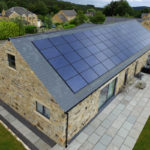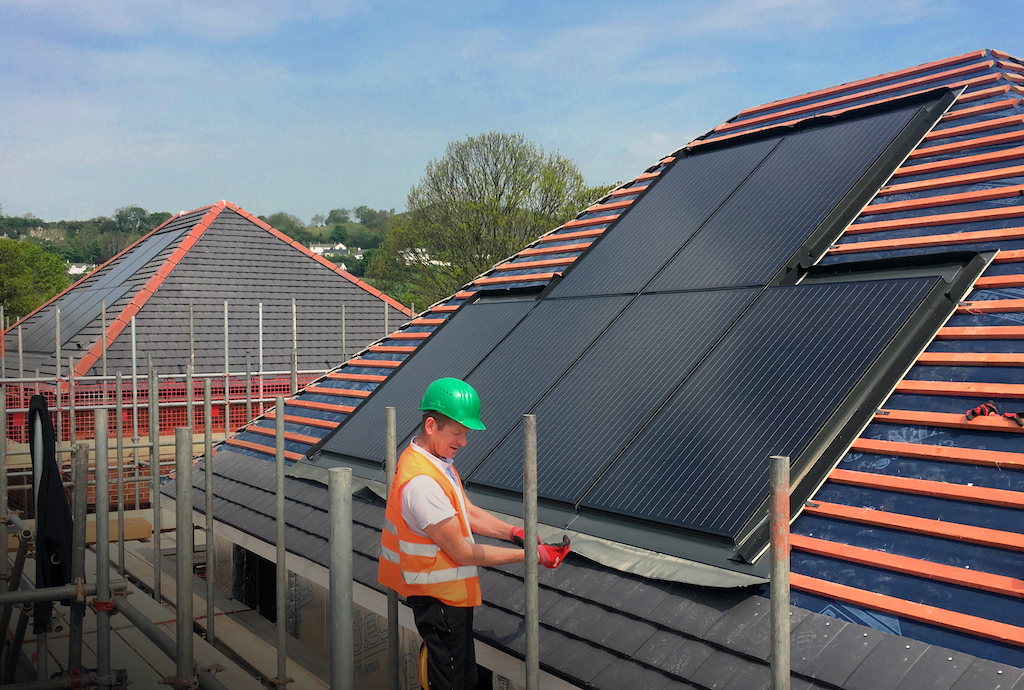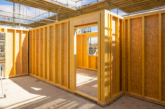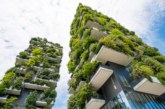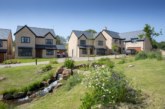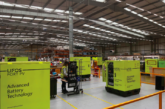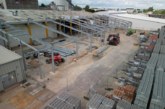Stuart Nicholson, Roof Systems Director at Marley, examines how to create a sustainable supply chain on the road to net zero and highlights the role of solar PV roof systems.
As the UK works towards its 2050 net zero target, the decarbonisation of housebuilding is gathering momentum. Starting with the changes to Part L in June 2022, which include an interim 31% carbon reduction target, followed by the 2025 Future Homes Standard, which will require new builds to be zero carbon ready and sustainable. The Government’s Heat and Buildings Strategy also states that the ultimate target is for all fossil fuel heating appliances in new build homes to be replaced by clean heat technologies, powered by net zero energy sources.
The COP 26 Climate Change Conference in Glasgow also galvanised action in 2021 and several large housebuilders have already published their own net zero commitments and strategies. But achieving such a huge cut in carbon emissions certainly won’t be easy, particularly for smaller housebuilders and developers.
There are so many different areas for housebuilders to consider when it comes to a net zero strategy. Starting with the direct greenhouse gas emissions from their own operations, then the indirect emissions (for example, the electricity used to power their operations) and finally, other emissions from the embedded carbon from building materials and those that are produced once the house is in use.
It is this third level of emissions that is hardest to tackle, partly because housebuilders don’t have as much control in this area. To some extent, they are relying on their supply chains, as well as the behaviour of the occupants of the home.
Cutting in-use emissions
When it comes to emissions generated in use, both the new Part L in 2022 and Future Homes Standard in 2025 go a long way towards tackling this. High standards of fabric efficiency, combined with renewable technology, such as heat pumps or solar PV, will significantly cut carbon from heating the home, which is one of the largest contributors of emissions.
However, considering which type of renewable technology housebuilders use, will have an impact on both emissions and energy bills. Under the initial Part L changes, housebuilders could install a heat pump, or an efficient gas boiler with solar PV, and the latter is expected to be the favoured specification in the short term, largely because the short timescales need a simple and cost-effective solution. While heat pumps are anticipated to be widely used from 2025 onwards, they will need to go hand in hand with solar PV to reduce energy bills and protect people from fuel poverty.
By just installing a heat pump, the cost to run the heating and hot water could be higher than for gas heating, and with the increasing requirement to charge electric vehicles as well, on-site electricity generation is the way to keep running costs and carbon emissions under control for buyers of new homes and will become an important selling point for housebuilders. A recent report by Solar Energy UK also found that solar systems could increase a home’s sale price by around £1,800. This is nearly half of the up-front installation cost, meaning solar is an appealing option financially, as well as being good for the environment.
Our Marley SolarTile has been developed to make it easier for housebuilders and developers to incorporate solar PV into any of their developments. The integrated panels simply replace a section of roof tiles, sitting flat on the battens and acting as a seamless part of the roof design. Installation is quick, easy, and cost-effective, because it can be done at the same time as the rest of the pitched roof and doesn’t require specialist installers.
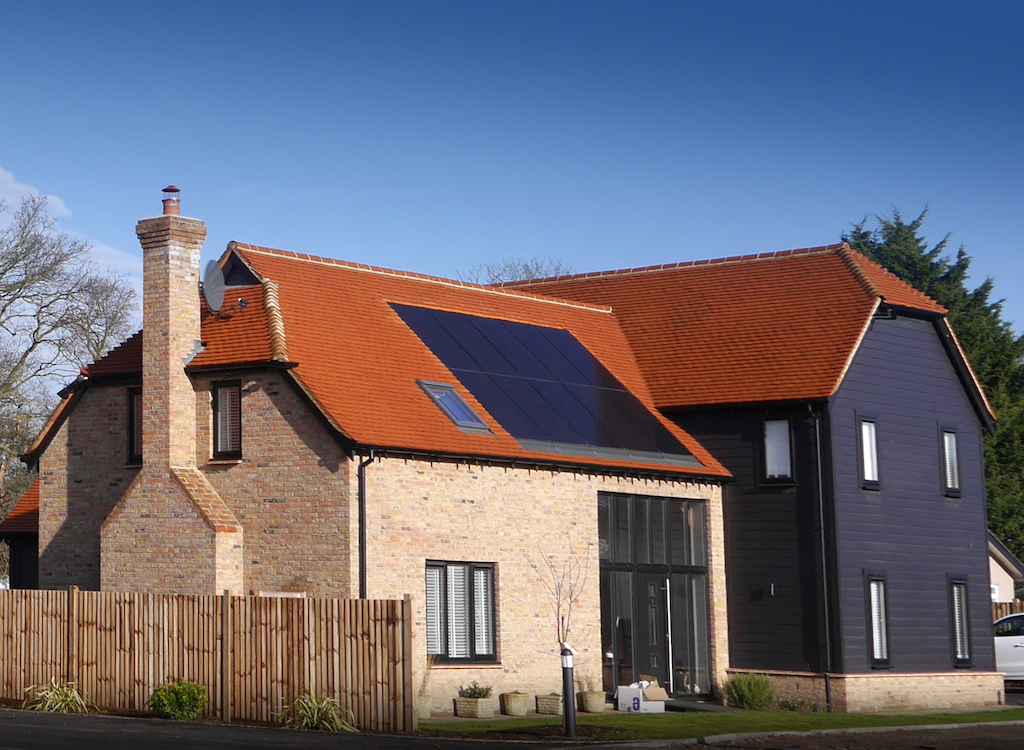
Cutting embodied carbon
While installing carbon saving technology helps with the in-use emissions, it doesn’t account for the embodied carbon contained in the materials used in the construction process. As housebuilders and developers work towards net zero, being able to trace, and prove, the environmental credentials and responsible sourcing of building products throughout the supply chain, will become increasingly important.
Therefore, it is critical that building product manufacturers not only work with housebuilders to provide innovative carbon saving products, but that they also look at their own operations to ensure they are as carbon efficient as possible. We are proud of the environmental credentials of our roofing products, but we are taking this further by examining every single part of our manufacturing processes to see where improvements can be made, ensuring the embodied carbon of our products is as low as it can be by reducing our environmental footprint, energy consumption, CO2 emissions and waste.
We aim to achieve reduction in carbon emissions, with a view to matching the UK Government’s ambitious climate change target to reduce emissions by 78% by 2035. As well as diverting 99% of all waste from landfill, we achieve 100% recycling of production waste at our concrete sites and zero waste to landfill from our concrete and clay facilities. 100% of our manufacturing electricity comes from a renewable source which is REGO certified and we have ISO14001 accreditation at all of our sites.
To help housebuilders meet sustainability requirements, all our roof tiles achieve an A+ rating in the BRE Green Guide to Specification. We were also one of the first roofing manufacturers to achieve an ‘Excellent’ BES 6001, responsible sourcing accreditation. Our timber for our JB Red battens has full chain of custody, with FSC or PEFC certification and for every solar panel sold, Marley supports the planting of a tree through charitable organisations across the world.
Deliver on the design
Another challenge facing housebuilders, is how they ensure the real-world construction of their new homes matches up to the sustainability and carbon emissions of the original design. When it comes to pitched roofing, one way of doing this is to specify a full roof system from one manufacturer, as this helps to prevent product substitution or use of inferior materials further down the supply chain.
Our roof system now includes Marley SolarTile as an option, making it easier for housebuilders to source the entire pitched roof from one supplier, with solar and a 15-year warranty included, helping to reduce carbon emissions and ensure traceability for both sustainability and quality purposes.

